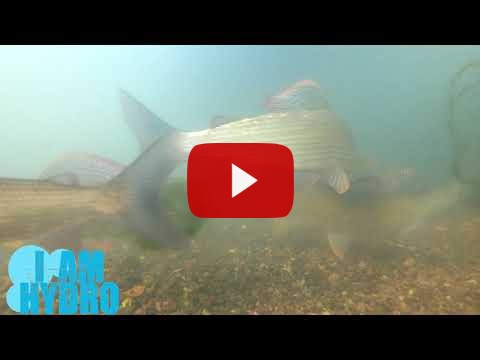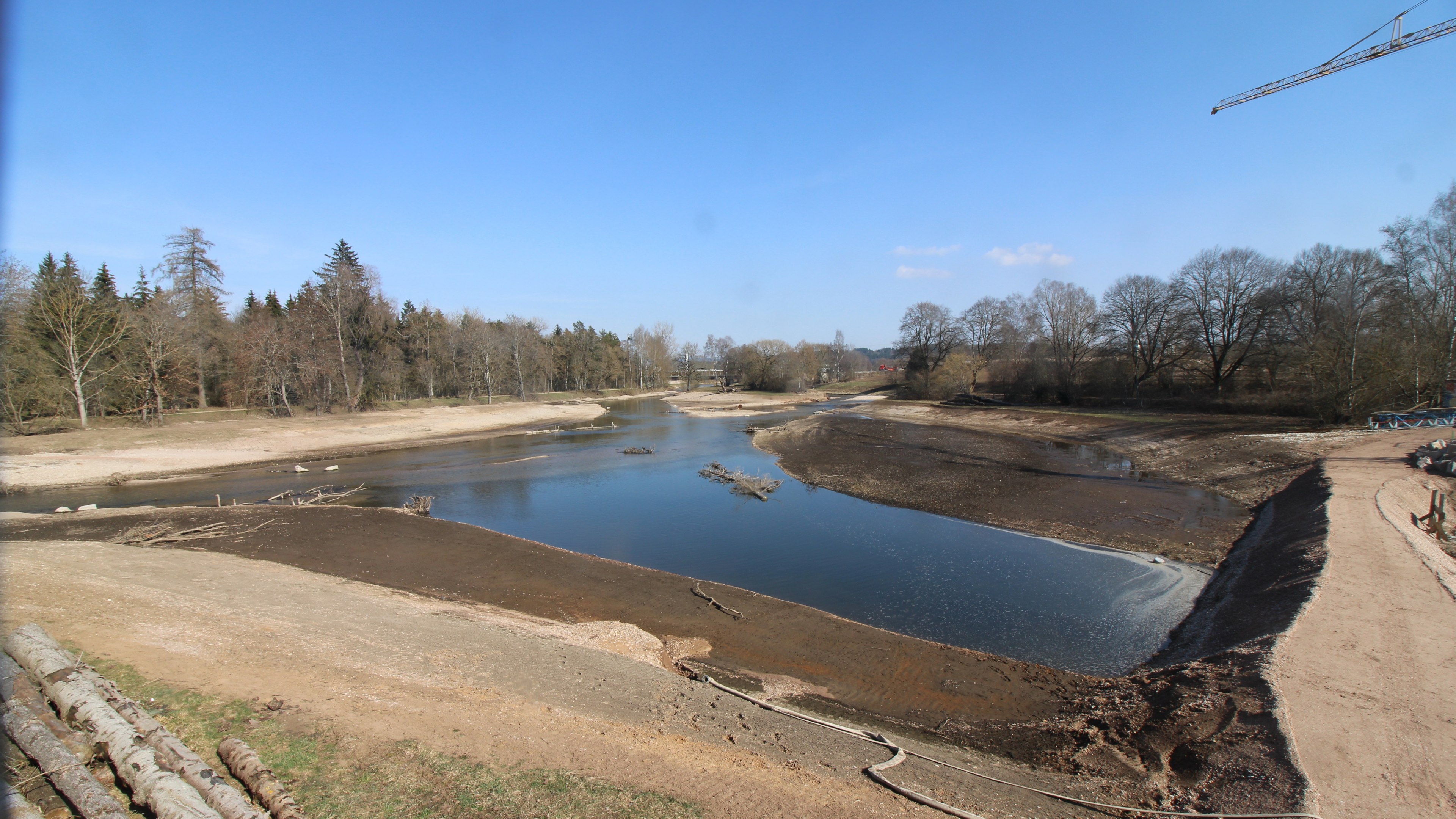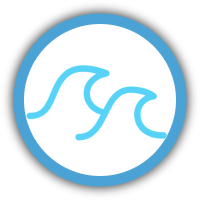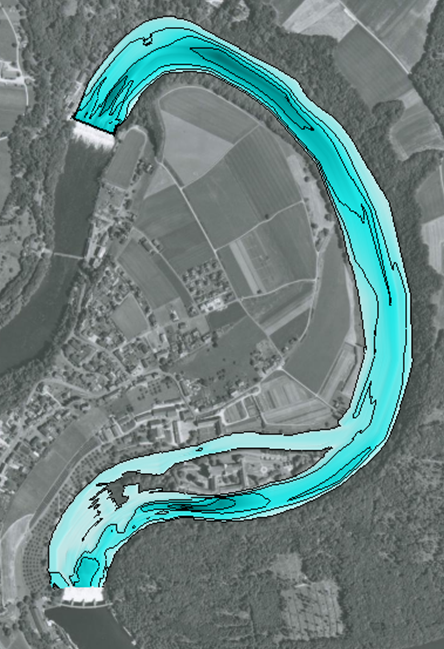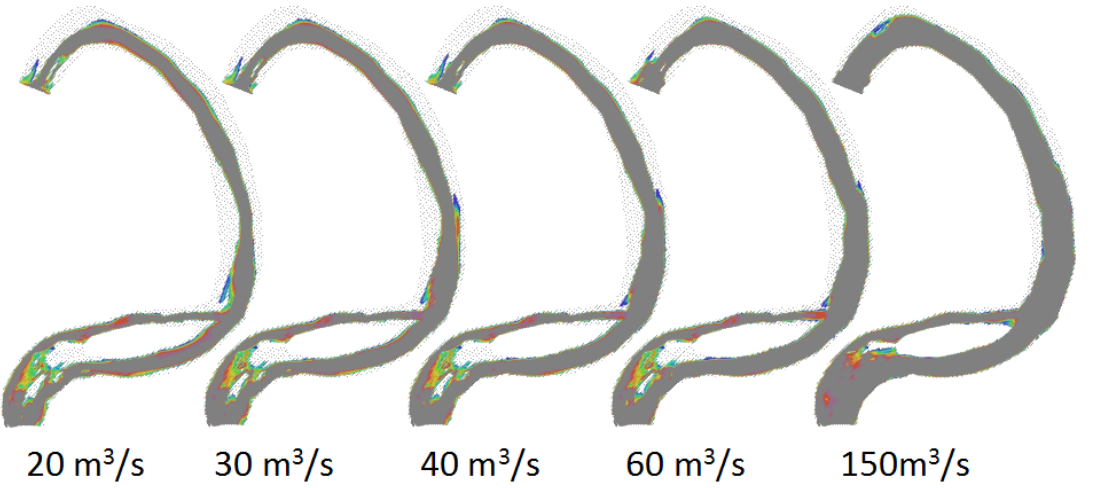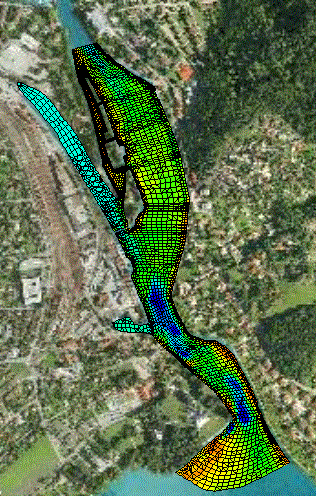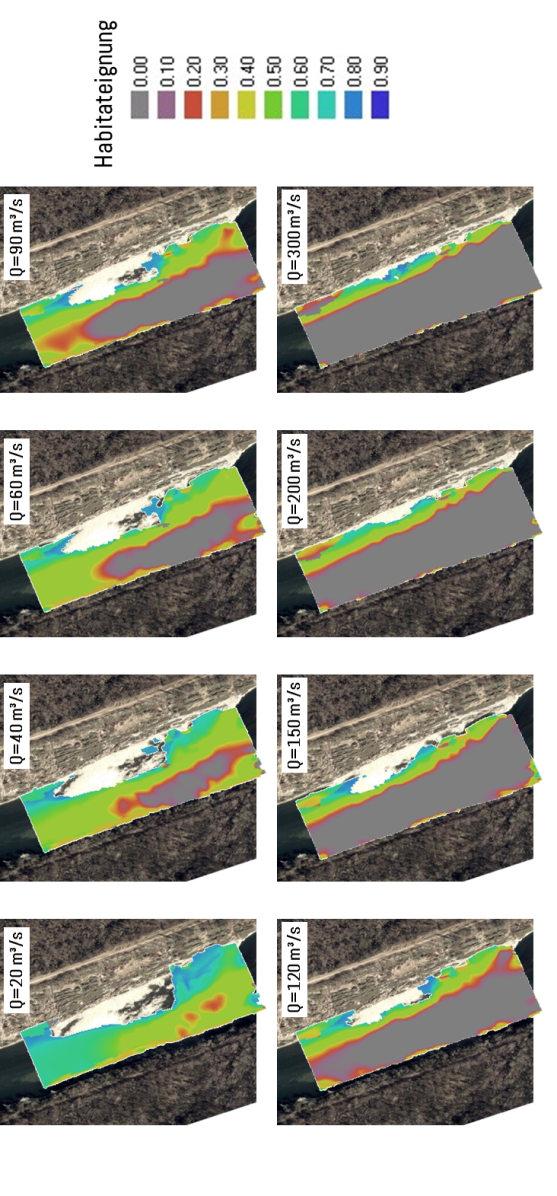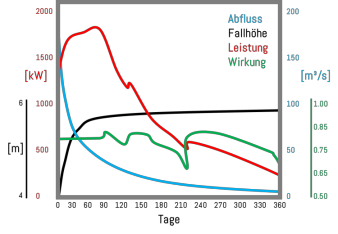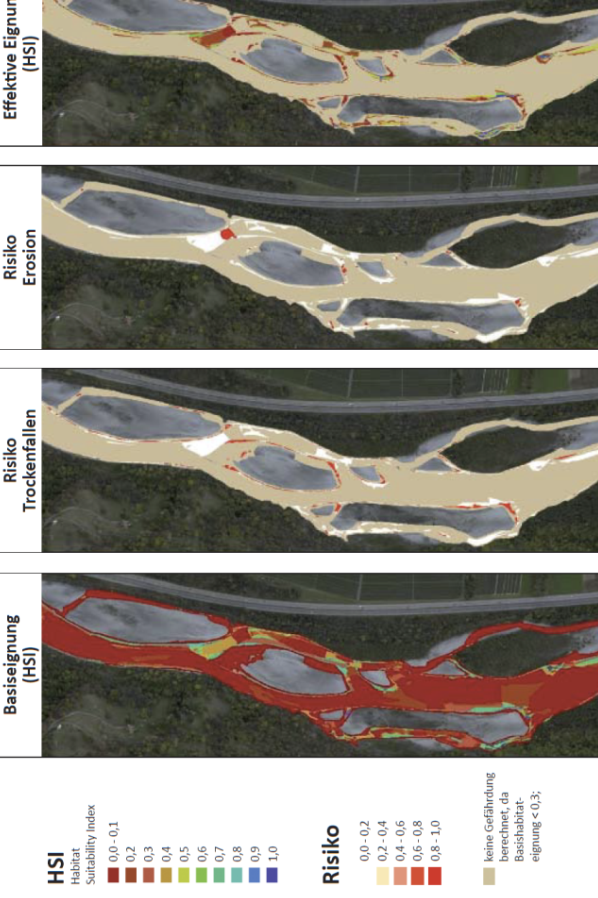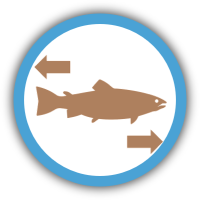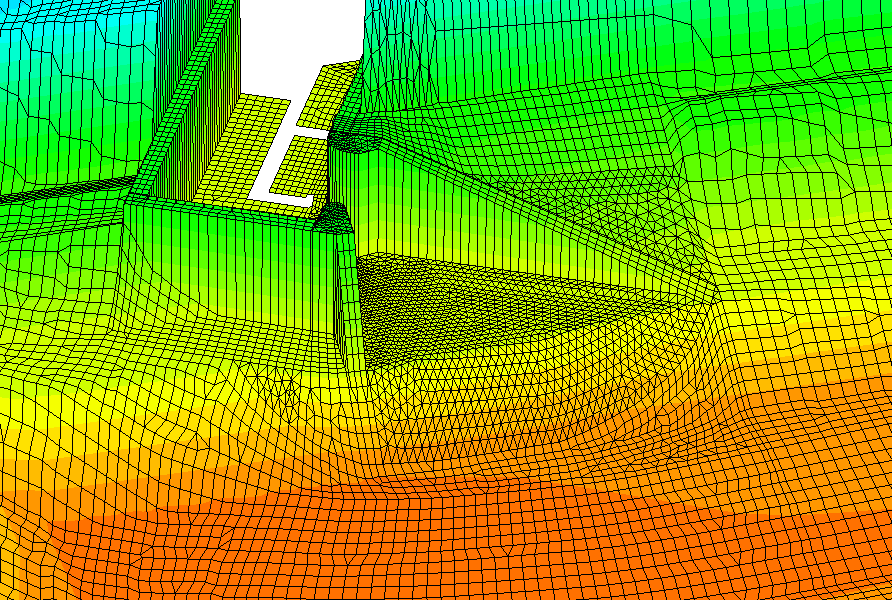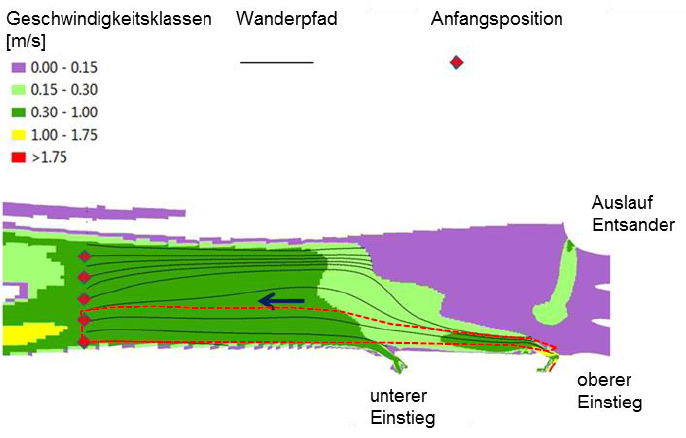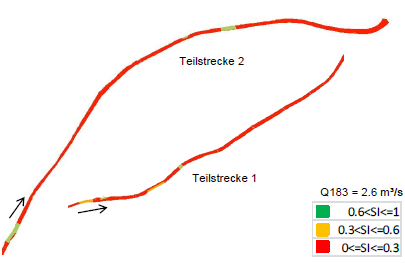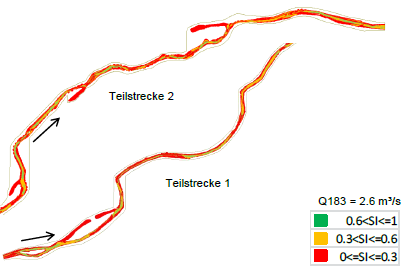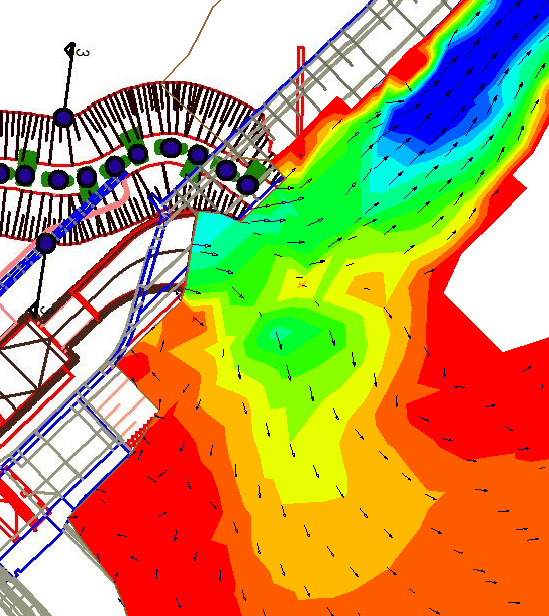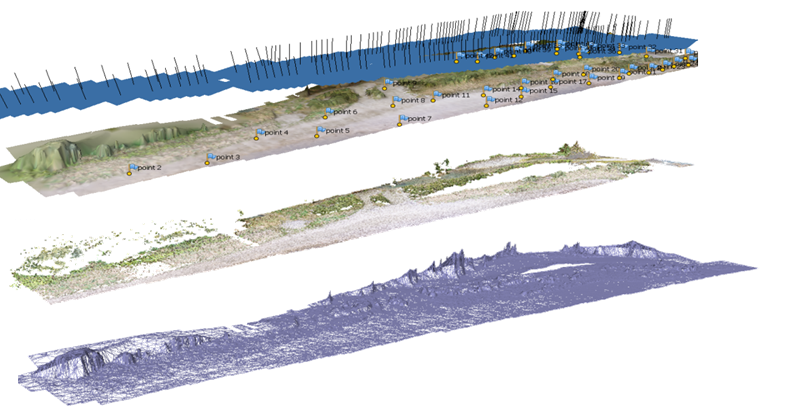Consultancy on Minimum Environmental Flow and Regulations for Hydropeaking Regimes for Bakaru Hydropower Plant Indonesia, ID
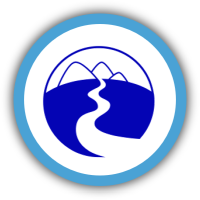



Client:
Tractebel Engineering GmbH
Background:
The Mamasa river in Sulawesi, Indonesia has been affected since the 1980s by the water diversion caused by Bakaru I HPP and in addition by water level fluctuations downstream of the tailrace outlet following hydropeaking operation. No environmental flow regulation has been in place and therefore only higher flows exceeding the turbine capacity had to be released into the dewatered reach. Because such events occur regularly and frequently and because of the highly diverse riverbed morphology some fish and other aquatic species found suitable living conditions despite the severe impact from hydropower. However, the species composition is significantly more diverse, and the biomass is much higher outside of the dewatered reach. Additionally, the power plant Bakaru II is under construction which is making use of the same intake and reservoir. The installed capacity will be roughly doubled and the flow of water which is diverted into the turbine intakes will also be doubled in the future. Therefore, the period and frequency in which natural spill occurs at the diversion dam will be significantly reduced and the hydropeaking impact will be significantly stronger. In parallel to the addition of a second hydropower plant there will be new ecological requirements, particularly E-Flow releases at the dam and certain limitations for the hydropeaking operation.
Descripton:
To achieve the base information for environment-friendly hydropower operation at the Bakaru HPP, four stretches within the affected river reach have been investigated.
Fishing campaigns, terrestrial survey, sampling, gauge installation, drone flights and mapping were part of the data collection. With the collected data hydrodynamical-numerical 2D
modelling and habitat modelling (CASiMiR Fish) has been performed. In a second step hydropeaking (CASiMiR Hydropeaking) and its effect on the present fish species have been investigated
and analysed.
Based on the results of habitat and hydropeaking modelling, E-Flow regulations and hydropeaking operation were recommended for the additional Bakaru II hydropower
installation. They are part of a hydropower operation with mitigated impact on the ecology of the affected Mamasa River.
Investigated reach in Mamasa River
Calculated stranding risk during hydropeaking scenario





